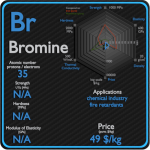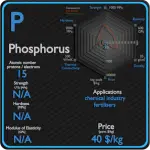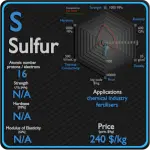This article contains comparison of key thermal and atomic properties of magnesium and potassium, two comparable chemical elements from the periodic table. It also contains basic descriptions and applications of both elements. Magnesium vs Potassium.
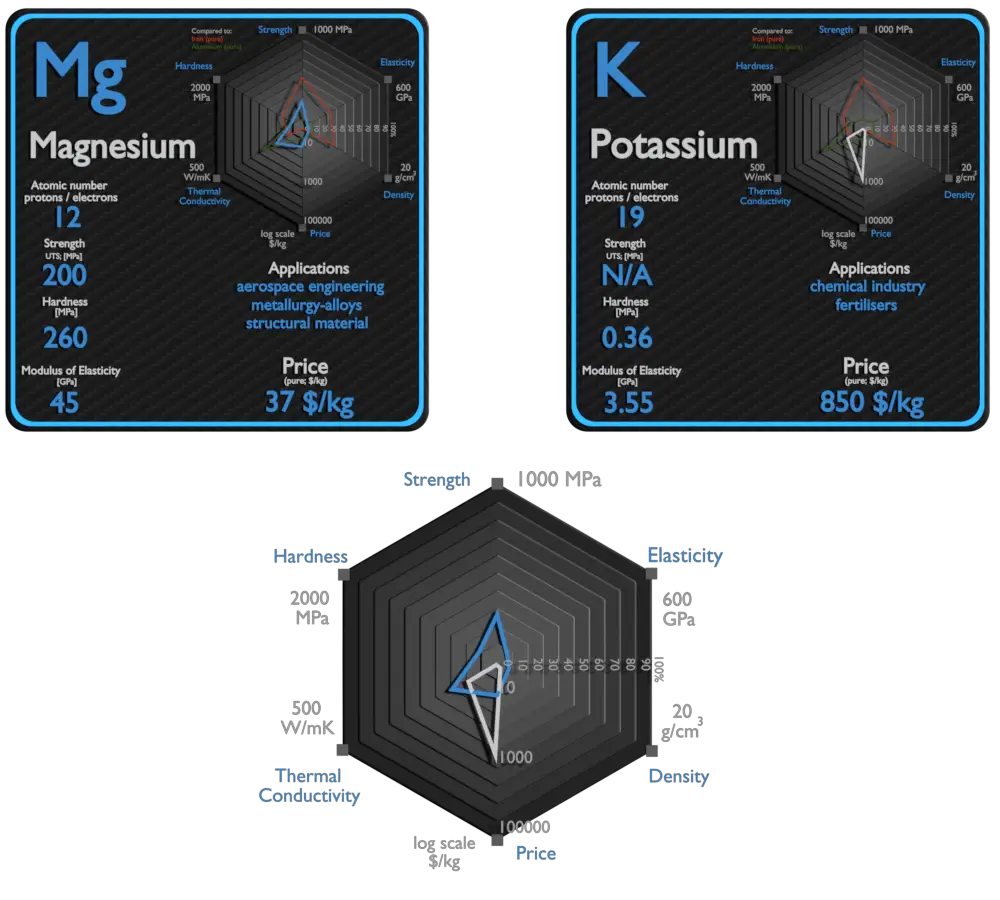
Magnesium and Potassium – About Elements
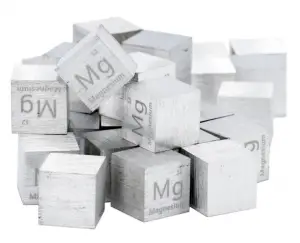
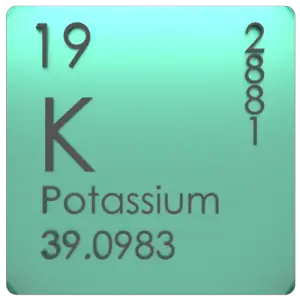
Source: www.luciteria.com
Magnesium and Potassium – Applications
Magnesium
Magnesium is the third-most-commonly-used structural metal, following iron and aluminium.[35] The main applications of magnesium are, in order: aluminium alloys, die-casting (alloyed with zinc), removing sulfur in the production of iron and steel, and the production of titanium in the Kroll process. Magnesium alloys are used in a wide variety of structural and nonstructural applications. Structural applications include automotive, industrial, materials-handling, commercial, and aerospace equipment. Magnesium alloys are used for parts that operate at high speeds and thus must be light weight to minimize inertial forces. Commercial applications include hand-held tools, laptops, luggage, and ladders, automobiles (e.g., steering wheels and columns, seat frames, transmission cases). Magnox (alloy), whose name is an abbreviation for “magnesium non-oxidizing”, is 99% magnesium and 1% aluminum, and is used in the cladding of fuel rods in magnox nuclear power reactors.
Potassium
Potassium (K) is an essential nutrient for plant growth. It’s classified as a macronutrient because plants take up large quantities of K during their life cycle. Agricultural fertilizers consume 95% of global potassium chemical production, and about 90% of this potassium is supplied as KCl. Due to its high degree of reactivity, pure potassium is rarely used in its elemental /metallic form. It is used as a powerful reducing agent in organic chemistry. Potassium/Sodium alloys are It used as a heat exchange medium . The heat in the potassium warms water and makes it hot enough to boil. Then water is changed into steam, which is used to work devices that generate electricity.
Magnesium and Potassium – Comparison in Table
| Element | Magnesium | Potassium |
| Density | 1.738 g/cm3 | 0.856 g/cm3 |
| Ultimate Tensile Strength | 200 MPa | N/A |
| Yield Strength | N/A | N/A |
| Young’s Modulus of Elasticity | 45 GPa | 3.53 GPa |
| Mohs Scale | 2.5 | 0.4 |
| Brinell Hardness | 260 MPa | 0.36 MPa |
| Vickers Hardness | N/A | N/A |
| Melting Point | 649 °C | 63.25 °C |
| Boiling Point | 1090 °C | 760 °C |
| Thermal Conductivity | 156 W/mK | 102.4 W/mK |
| Thermal Expansion Coefficient | 24.8 µm/mK | 83 µm/mK |
| Specific Heat | 1.02 J/g K | 0.75 J/g K |
| Heat of Fusion | 8.954 kJ/mol | 2.334 kJ/mol |
| Heat of Vaporization | 127.4 kJ/mol | 79.87 kJ/mol |








